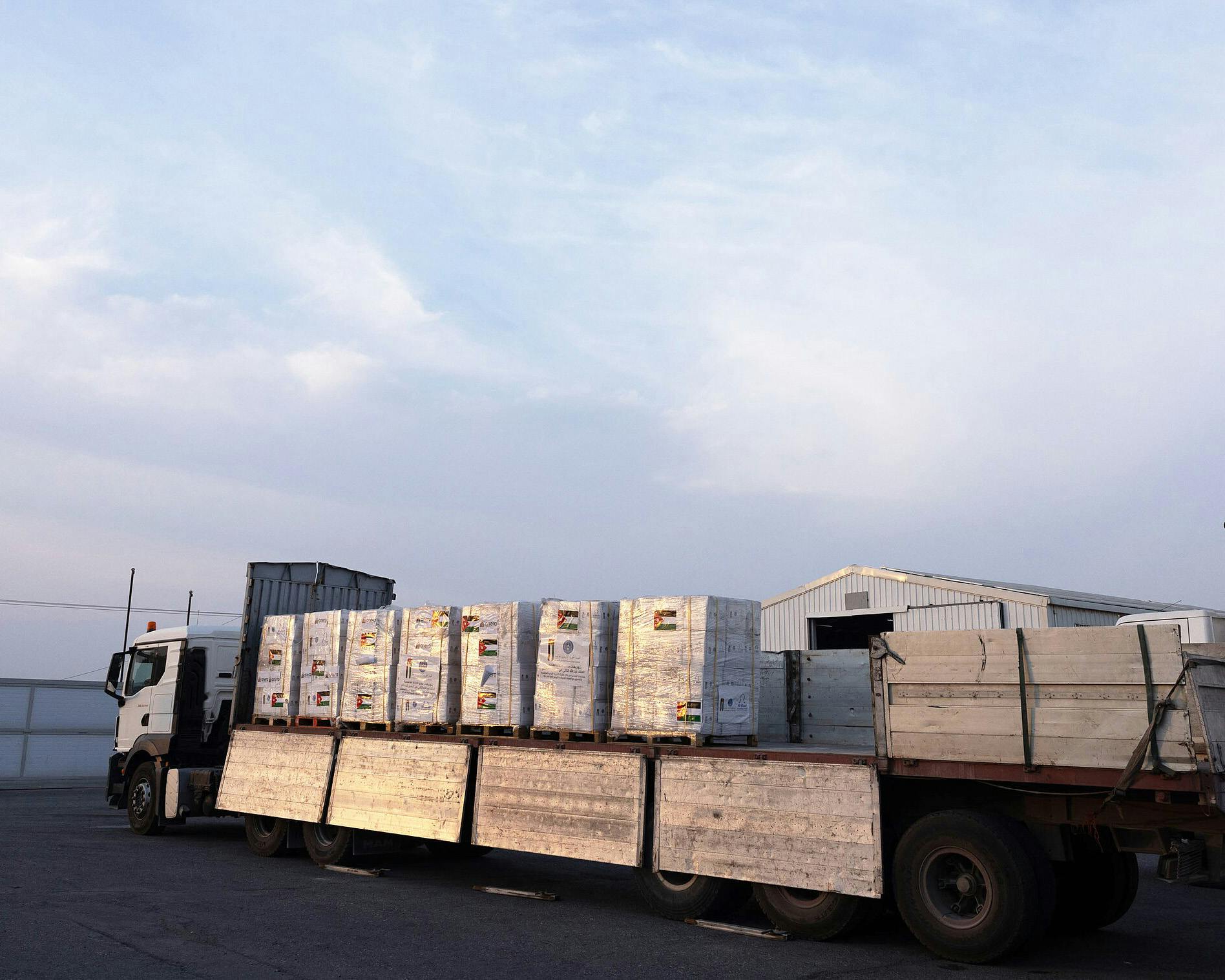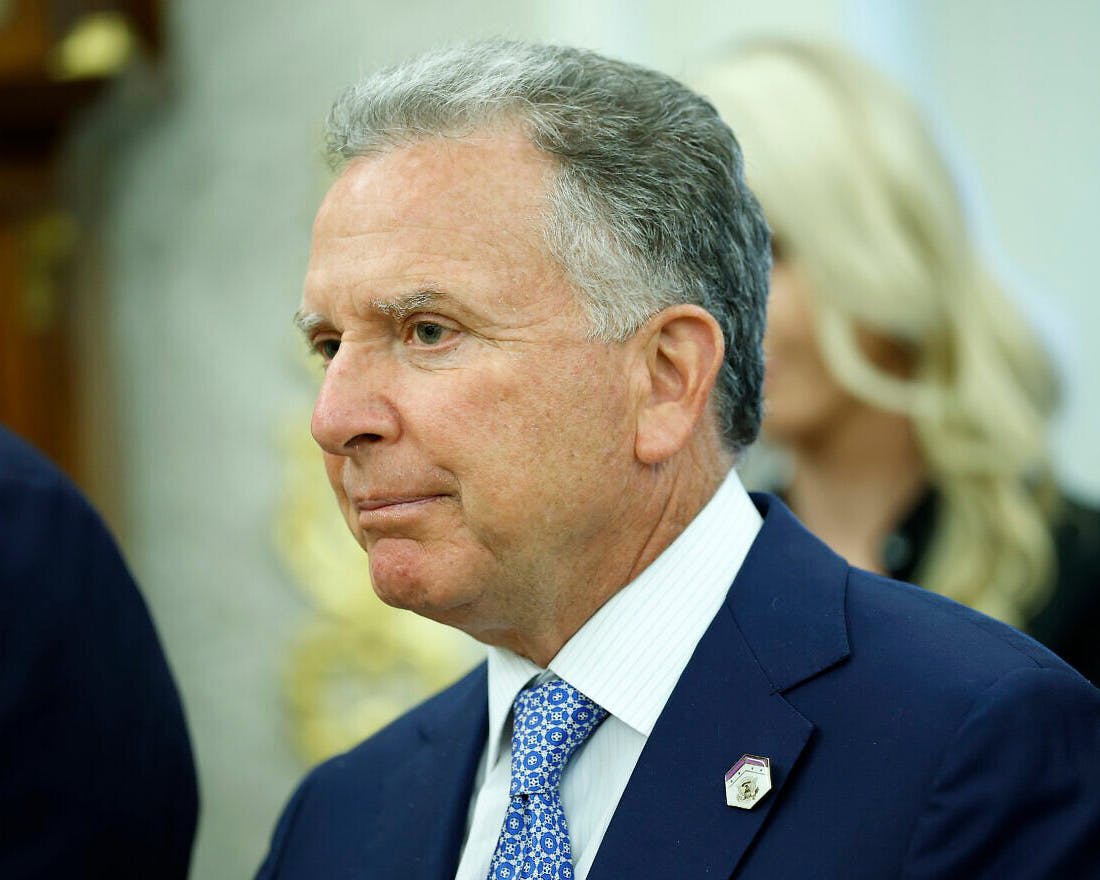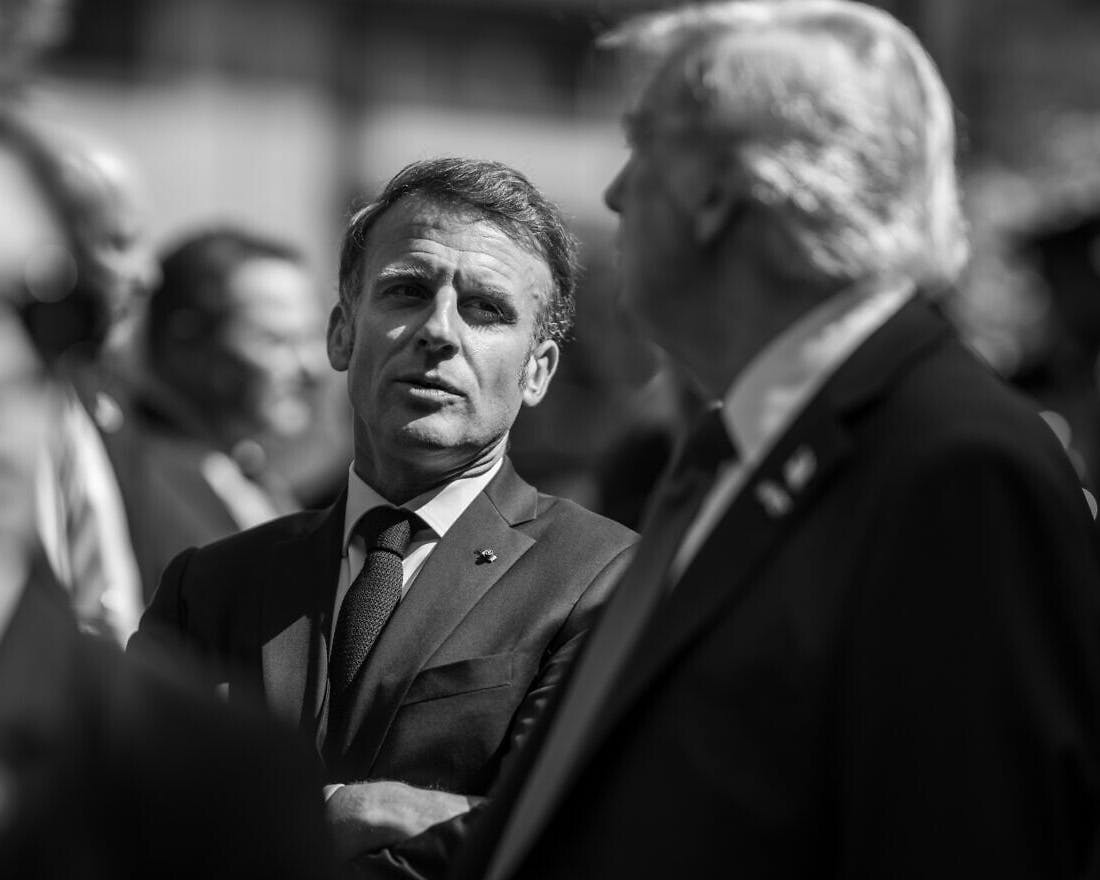Israel Stabilizes New Syrian Buffer Zone, Applying Lebanon’s Hard-Learned Lessons
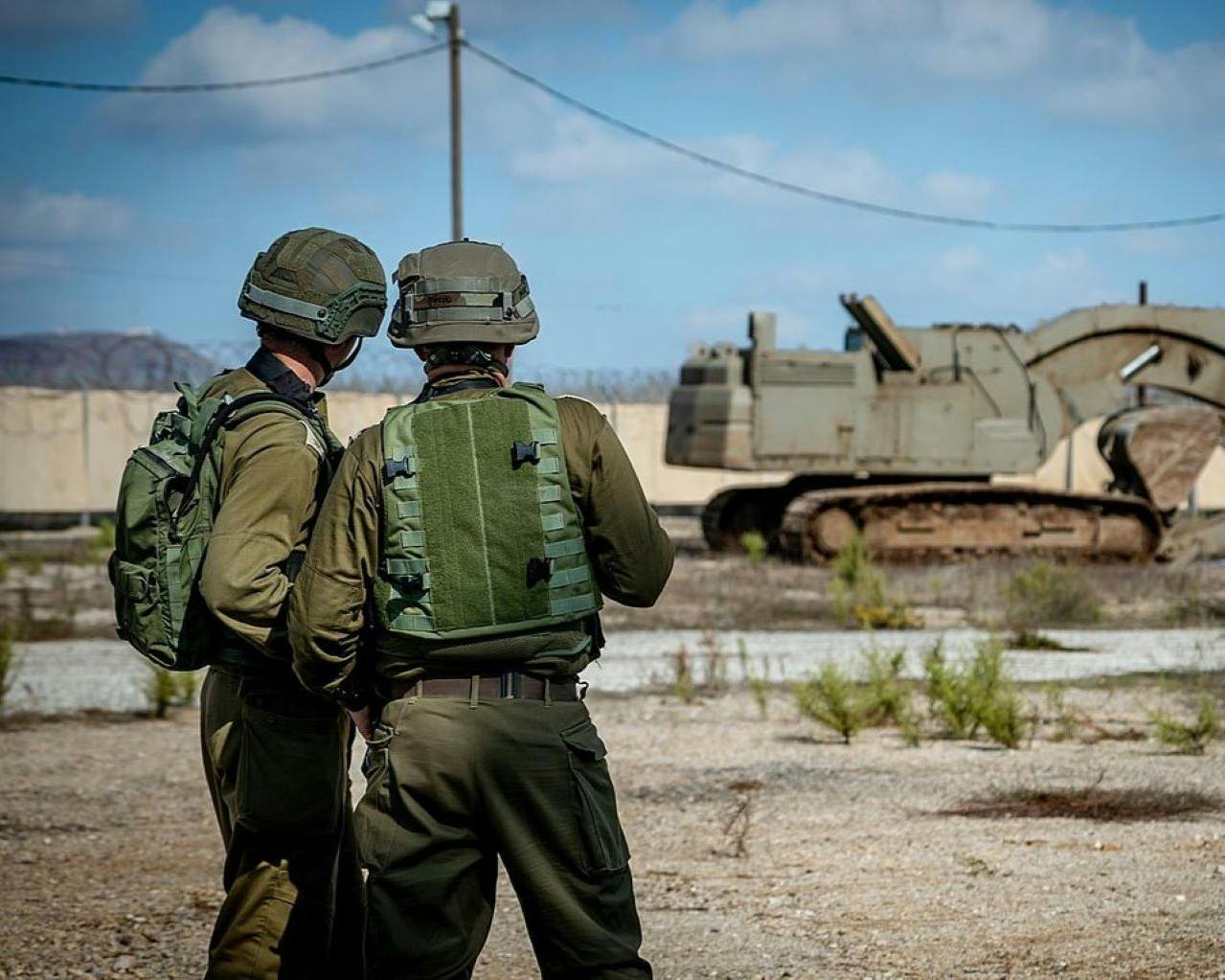
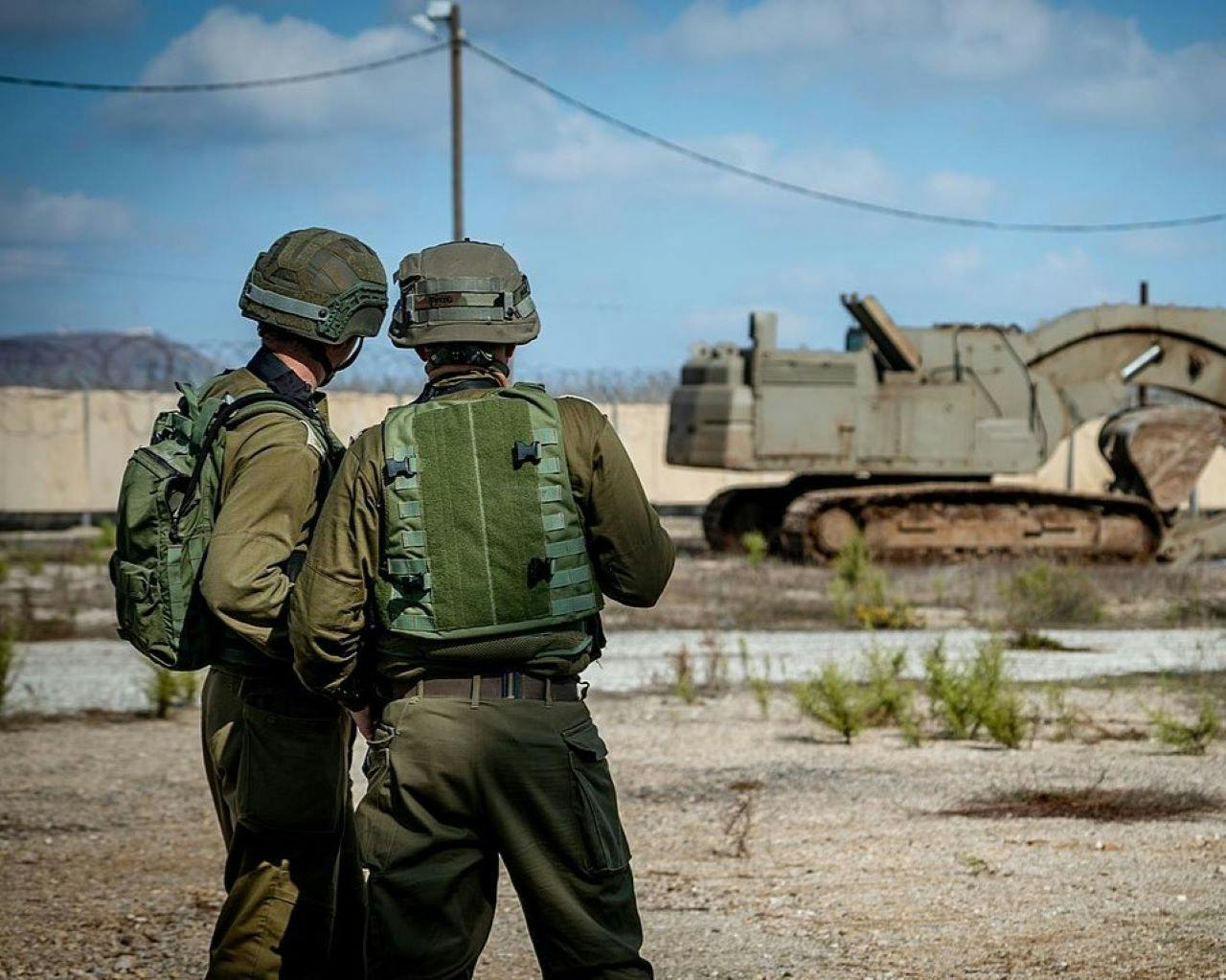
Tuesday, 27 May 2025 | The Israeli Defense Forces (IDF) have stabilized a recently established buffer zone along the Syrian border, securing the Golan Heights against threats following the collapse of Bashar al-Assad’s regime in late 2024. Fortifying former Syrian outposts into solid Israeli positions, the IDF aims to prevent Syria’s tenuous power vacuum from spilling over into Israel. Drawing on lessons from the costly 1985–2000 “security zone” in South Lebanon, the IDF has adopted a precise, technology-driven strategy to maintain control while avoiding the missteps of the past.
Assad’s fall left Syria fractured, with Ahmad al-Sharaa’s forces stabilizing the north but the south remains a volatile mix of militias and jihadist groups. The IDF established the buffer zone, a series of fortified posts, to deter hostile incursions after Syrian troops abandoned their positions. Col. Benny Kata, commander of the 474th Golan Brigade, described the approach: “We’ve gone back to the days of border outposts, like in South Lebanon. This is an outpost. It operates like one. It’s a combat zone, with ready machine-gun positions, fragmentation grenades and missiles.”
The Lebanon campaign, aimed at countering Hezbollah fighters, became a 15-year morass, costing Israel heavily in lives and public support before its withdrawal in 2000. The IDF has applied those lessons to Syria, particularly in intelligence and operations. In Lebanon, troops often lacked real-time data, making them vulnerable to ambushes. Now, the IDF uses drones, night-vision systems, AI-driven analytics and social media (Syrian) monitoring to track threats.
The new IDF outposts, equipped with machine-gun nests and advanced sensors, reflect this modern approach. Unlike Lebanon’s static bases, the IDF’s posts are mobile, avoiding permanent infrastructure to prevent signaling long-term occupation. Convoys operate under strict security, and troops maintain vigilance in the rugged terrain. Kata explained the strategic choice of locations: “We chose the places where we operate. We didn’t overreach—we went into specific points that provide real defense for the Golan residents.” This focus on key areas overlooking Israeli towns has helped stabilize the buffer zone without overextending forces.
The IDF has also addressed Lebanon’s logistical and morale failures. In the 1980s and 1990s, prolonged deployments and inconsistent supplies discouraged troops, especially among reservists. In Syria, the IDF ensures regular supplies and rest periods.
The IDF learned from Lebanon’s mission creep, which eroded public support. In Syria, the mandate is narrow: secure the border, deter threats, and avoid entanglement. Kata emphasized restraint from involvement with local residents: “That kind of dependency could create responsibility, and I don’t want to be responsible for the population. They are Syrian citizens. I’m here to defend Israeli citizens.” By focusing on strategic points and minimizing civilian friction, the IDF has secured the zone while avoiding Lebanon’s escalation traps. Regular briefings with media and Golan communities maintain public support, countering fears that the IDF could become bogged down in a quagmire.
Geopolitically, the buffer zone navigates a shifting landscape. With Russia distracted and Iran’s influence in Syria diminished, Israel secures its border without deeper involvement. Some Syrians view the IDF’s presence as stabilizing, others as an overreach. Kata acknowledged local risks: “The poverty and desperation here make that all too possible. You give someone 50 dollars, and he’ll go do whatever you want.” Unlike Lebanon, where aggressive tactics fueled resistance, the IDF’s measured approach has maintained relative calm.
Critics warn of Lebanon’s costly failures, but supporters see the buffer zone as essential in light of Syria’s current volatile state. The IDF’s focus on technology, mobility, and clear objectives has stabilized the zone, with the outposts forming a robust frontline. As Syria’s south remains unstable, and the Syrian fledgling government attempts to secure its foothold, Israel faces the challenge of sustaining this stability without repeating South Lebanon’s protracted occupation.
(Bridges for Peace, May 27, 2025)
License: Wikimedia
Related Resources

Discover Your Purpose and God’s Heart For You
In today's divided, turbulent world, it's essential for the Church to rediscover God's heart. Our free e-book, authored by a seasoned expert with three decades of experience in Israel, delves deep into the teachings of Jesus (Yeshua) to reveal God’s principles of love and purpose. Learn how embracing these truths can bring significance and impact to your life, even amidst chaos. Subscribe now to receive your free copy and embark on a journey of transformation.

